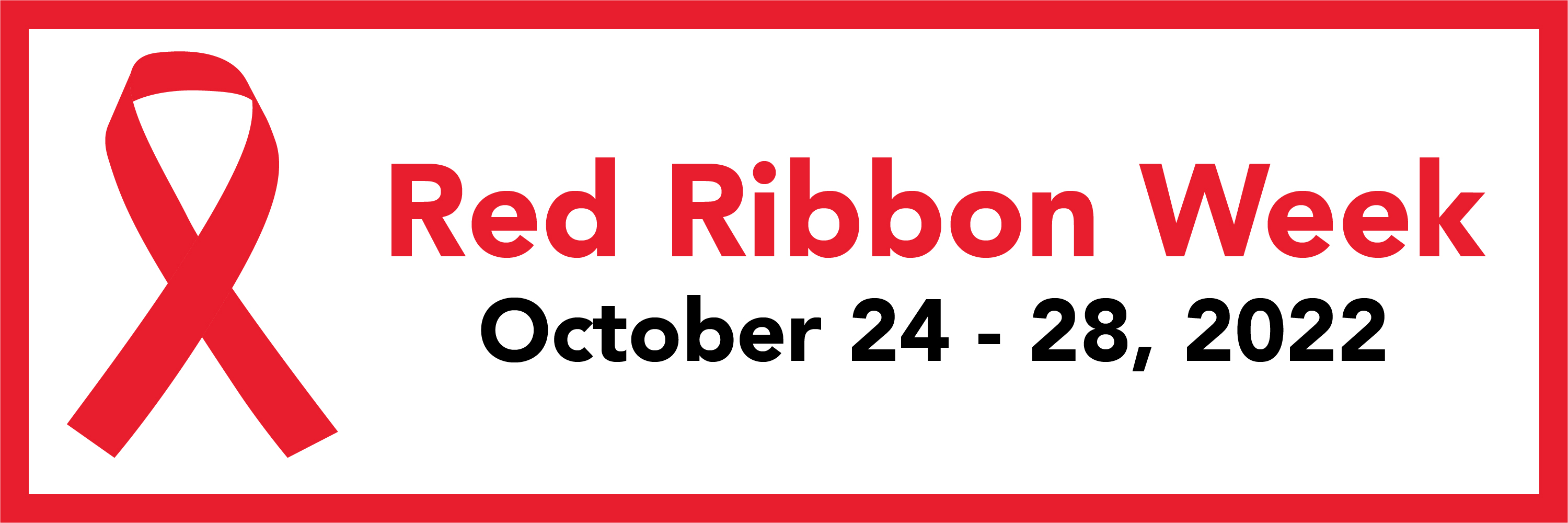
 Enrique "Kiki" Camarena grew up in a dirt-floored house with hopes and dreams of making a difference. Camarena worked his way through college, served in the Marines, and became a police officer. When he decided to join the U.S. Drug Enforcement Administration, his mother tried to talk him out it. "I can't not do this," he told her. "I'm only one person, but I want to make a difference."
Enrique "Kiki" Camarena grew up in a dirt-floored house with hopes and dreams of making a difference. Camarena worked his way through college, served in the Marines, and became a police officer. When he decided to join the U.S. Drug Enforcement Administration, his mother tried to talk him out it. "I can't not do this," he told her. "I'm only one person, but I want to make a difference."
The DEA sent Camarena to work undercover in Mexico investigating a major drug cartel believed to include officers in the Mexican army, police, and government. On February 7, 1985, the 37-year-old Camarena left his office to meet his wife for lunch. Five men appeared at the agent's side and shoved him in a car. One month later, Camarena's body was found in a shallow grave. He had been tortured to death.
In honor of Camarena's memory and his battle against illegal drugs, friends and neighbors began to wear red badges of satin. Parents, sick of the destruction of alcohol and other drugs, had begun forming coalitions. Some of these new coalitions took Camarena as their model and embraced his belief that one person can make a difference. These coalitions also adopted the symbol of Camarena's memory, the red ribbon.
The National Family Partnership organized the first Nationwide Red Ribbon Campaign in 1988. Since that time, the campaign has reached millions of U.S. children.
Tulare County Office of Education
Tim A. Hire, County Superintendent of Schools
P.O. Box 5091
Visalia, CA 93278-5091
(559) 733-6300